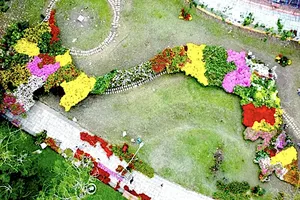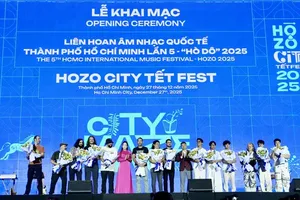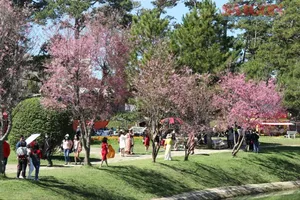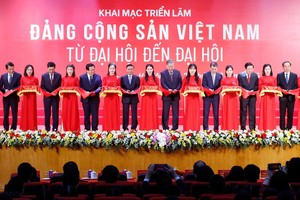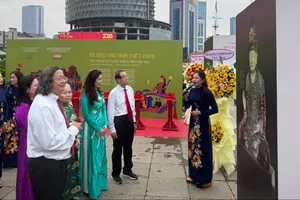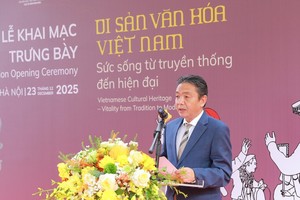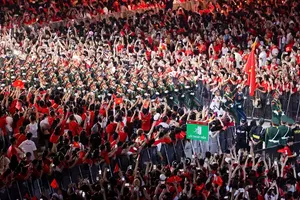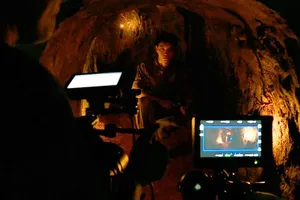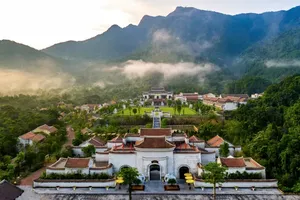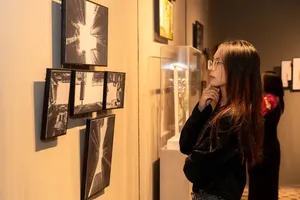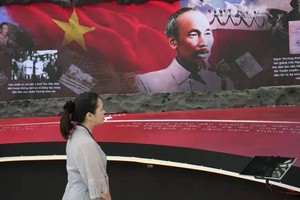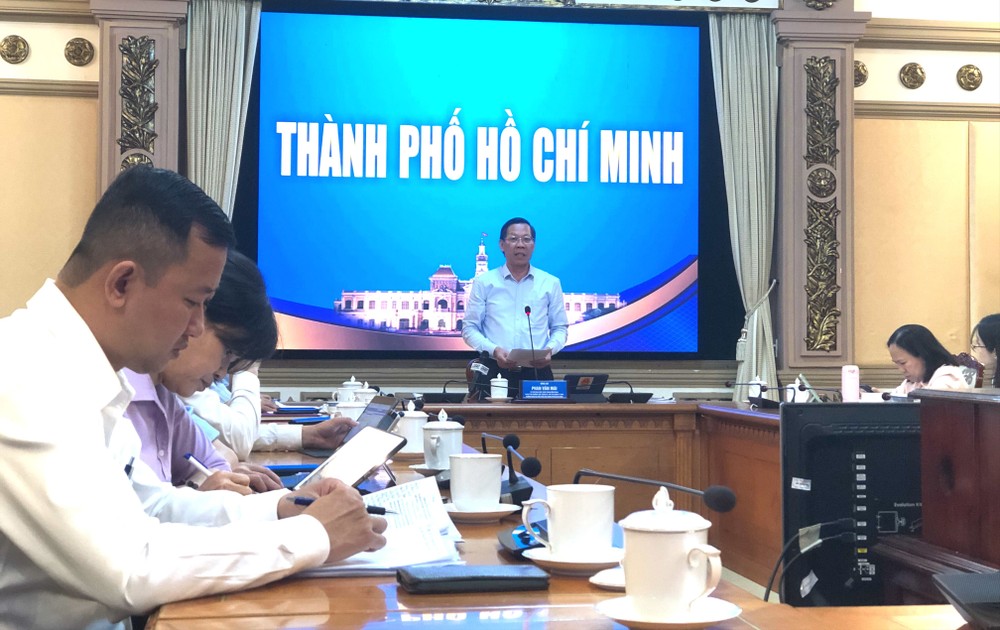
Chairman Phan Van Mai made the statement at the first national teleconference on the development of cultural industries in Vietnam chaired by Prime Minister Pham Minh Chinh today.
Chairman Phan Van Mai said for the development of cultural industries, Ho Chi Minh City determines investment in human resources, and cultural institutions, supports market development for cultural products, and researches mechanisms and policies to attract investment in cultural industry development and promote international cooperation.
An important issue in the development of long-distance human resource industries is the legal framework, policies and mechanisms, said Chairman Mai. Businesses and workers in the creative field should be taken as the center to design laws, regulations, standards, and policies in addition to encouragement of innovation in cultural industries. The city will implement the Project to develop Ho Chi Minh City's cultural industry until 2030.
According to Chairman Mai, there will be a conference to carry out this project while the city will call for and attract investment to develop cultural industries for Ho Chi Minh City.
Talking about the remaining difficulties in mechanisms and policies for developing cultural industries, architect Hoang Thuc Hao, Vice Chairman of the Vietnam Association of Architects, said that Vietnam has heritages in different famous cultural, historical, and natural districts such as Hoi An, Hue, Da Nang, Da Lat, Sa Pa, Dong Van stone plateau or the capital city of Hanoi. However they have not been fully exploited for development of their respective potentials. Many architectural legacies of the ancestors have been eroded and are gradually being lost in the trend of pragmatic and globalized market development. Therefore, this generation and the next generation must include architecture in the long-term development of cultural industries.
He pointed out many reasons including the system of policies, laws and decrees which have not been made synchronously plus the lack of key and long-term investment from the state and private sector. Very few investors commit to the evocation of indigenous culture, adaptation of indigenous culture to modern society and creation of new symbols of a land, and cultural region, forming urban and rural areas of the new era while implementing projects, urban and rural areas.
